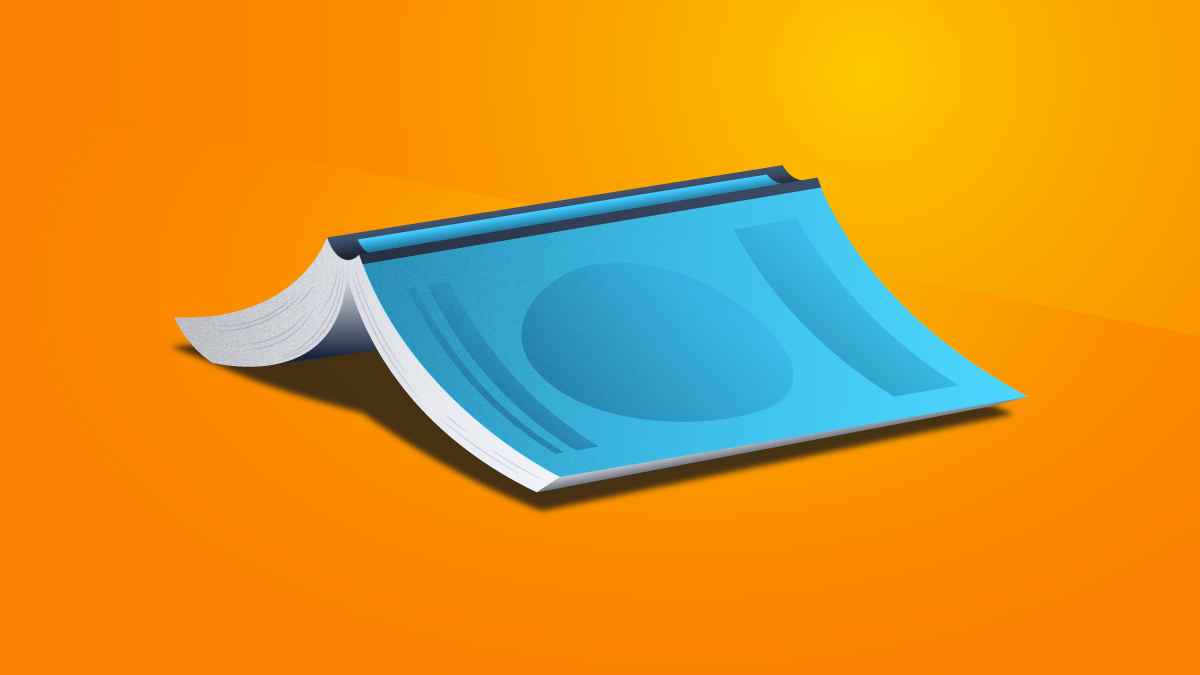Table Of Content

His research has been presented at a number of academic conferences, and he has given a number of educational lectures and podium presentations. With the advantage of performing a single posterior approach for both the disc spacer insertion and the posterior instrumentation, a TLIF is an excellent minimally invasive surgical option. In that same year, Becker’s Healthcare, a top provider of information for healthcare industry professionals, named him as one of only 22 recipients of their Spine Surgeon Leadership Award.
Real-World Testing of Book Spines
Extra-large embossed book title in contrasting colors on the spine cover easily stands out from the crowd and grabs the attention of literary aficionados. Do not randomly select the font style and size for your spine design. Every font style has a meaning and is used for different purposes. Use the font style that supports the content and tone of your book. The color theme and the layout must also be following the genre and topic. The width of your book spine will depend on the number of pages in your book.
Understanding the Basics of Book Spines
These Book Covers Are Custom Made to Match Your Library - WIRED
These Book Covers Are Custom Made to Match Your Library.
Posted: Mon, 25 Jun 2012 07:00:00 GMT [source]
So, let’s dissect the components that make up the anatomy of a book spine. Now that we understand the significance of a well-crafted book spine let’s take a quick look at the design process. Designing a book spine, especially with book writers for hire, involves a thoughtful combination of typography, color, and graphic elements. It might not be really attractive for authors who are planning to publish their books, but it is important to understand its significance. Honestly, your book cover has one job – to turn curious potential readers into buyers,...
Experienced Authors at Your Service
Just like there are best practices for book spine design, there are also some things to avoid. It’s tedious, but paying careful attention to cover design is worth the headache. With the potential for very slight variance in printing affecting your spine, you really have to design with this in mind. But for most covers, the spine width will vary based on your page count. So you have to create a spine based on the length of your book—and here lies the most challenging part of cover design.
Don’t overload the space
Proximity and clearly defined spaces make the large amount of back cover copy easy to digest. By reducing contrast in one area and increasing it in another, the page draws the reader to the most important information first. Presented in one typeface and two point sizes, the text elements are separated with color blocks and borders. The inspiration for this back cover was inspired by the concepts and images used on the front. The layout takes advantage of the power of eye contact to create an initial focal point in the upper-left corner. From there, the collar of the jacket and the remaining white space create a strong Preferred Diagonal Scan, leaving a large, open space for copy.

A good title
This is a great choice for non-fiction books as it showcases the subject matter and makes it easy for potential readers to find what they’re looking for. Remember to consider factors such as typography, color, and size when designing your book spine, and don’t be afraid to seek inspiration from various sources. With a little effort and creativity, you can design a book spine that will make your book stand out and catch the eye of potential readers. Once a book is published, it can remain on bookstore shelves for years.
The best apps for book cover designers
Designing a book spine may seem like a small detail in the overall book design process, but it can be a critical factor in attracting potential readers to your book. A well-designed spine can grab the attention of a potential reader from across a bookstore or online marketplace, ultimately leading to more sales and greater success for your book. Never overcrowd the spine with too much information and always make sure to use a clear, bold font, well-spaced, so that everything is legible even at a short distance. So, invest time and effort in creating a great book spine design that represents your book and its content.
Back pain can also be generated from nerve compression, known as lumbar stenosis. More classical presentations of nerve compression however, generate pain and sensory changes in the lower extremities. As experts, we’re able to help identify pain generators and guide you to the right treatment pathways. As the name implies, an ACDF is a minimally invasive fusion operation performed through an anterior incision in the cervical spine to relieve pressure placed on the spine. It is effective in treating degenerative disc disease (DDD), bone spurs, or disc herniations resulting in cervical myelopathy or arm pain (radiculopathy) as well as neck pain. Dr. Bae is a professor of surgery and director of spine education at Cedars-Sinai Spine Center.
Which are the best book cover design apps?
The title and author’s name are at the heart of the book’s spine. These are often prominently displayed, using typography that complements the book’s overall design. Therefore, the text’s size, font, and color contribute to the spine’s visibility and legibility on a shelf. Beyond mere identification, book spines act as visual storytellers. The design elements on a spine often give us clues about the genre and style of the book.
You’ll notice on the template above it’s listed as the TRIM / BLEED AREA. So a 6 x 9 book is printed at 6.25 x 9.25 and that extra ¼ inch is trimmed away—resulting in about ⅛ inch on each side (this includes the spine side) being cut away. So instead I’m going to look at a less often covered aspect of cover creation; the technical build of your file. This includes designing for bleed and correctly placing your spine, as well as the critical task of planning for variance. For the title type, match what you used for the title on the front cover. If you discover that it’s unreadable at a small size, make it bolder or pick a different typeface from somewhere else on the cover.
Choose colors that are appropriate for your book’s genre and that complement the colors used in your book cover design. Contrasting colors can make your book spine more eye-catching and memorable. However, be careful not to use too many colors, as this can make the design look cluttered.
The spine’s function extends beyond physically holding the book together. It is a vital space for conveying key information about the book, such as the title and author’s name. This aspect is particularly important in settings like bookstores and libraries, where the spines are often the only part of the book visible to browsers. The book spine is a critical marketing tool, providing the essential information that can attract a reader’s attention and encourage them to take a closer look. Best book cover designers will choose a design that is appropriate for the genre, whether it’s a romance novel or a mystery thriller.
After browsing the reviews, the eye exits the page at the social media. The publisher’s logo (or an abbreviated version of it) can be placed toward the bottom of the spine. This section will explain everything you need to design a great back cover for a book, whether you’re doing it on your own or working from a book template. This is largely based on the region of the spine and the age of the patient. Cervical spine operations in the neck mainly consist of artificial disc replacements and Anterior Cervical Discectomy and Fusions (ACDFs).

No comments:
Post a Comment